Not sure what type of radiator you need? Let the experts help you choose the perfect style for your home
From standard to vertical to designer, explore the types of radiators that maximise comfort, efficiency, and space
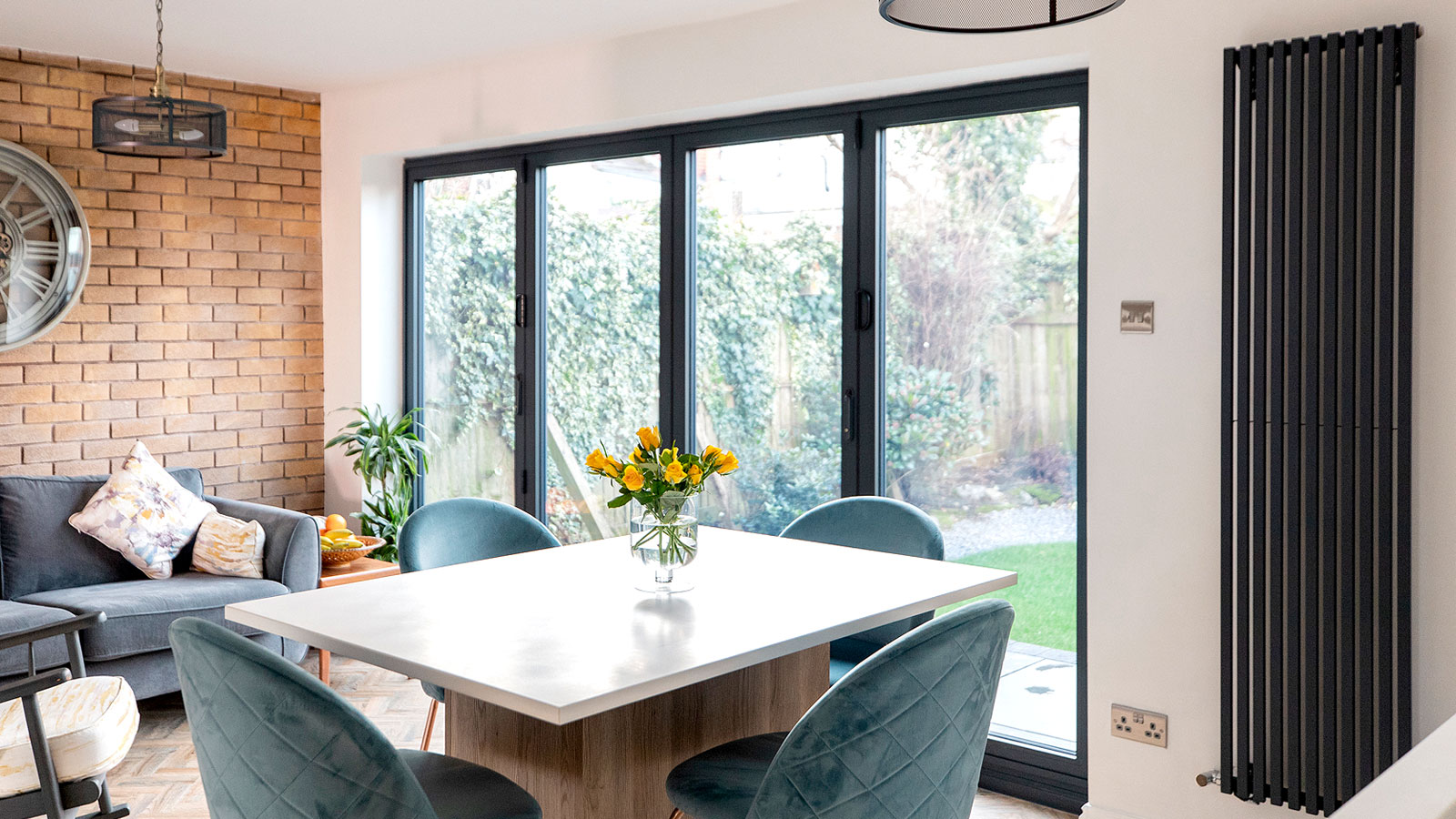
When you need a new radiator, there’s plenty to choose from – from the less thrilling type of radiator through to the inspiring choice of style and colour to match your interior design dreams.
But before you dive in and choose a radiator, you need to know what will work well for your home. Will your chosen radiator output be enough heat to keep a room warm and toasty? Will it add style and charm? Is it the best option for your home?
In this guide, those in the know offer up their advice to help you make the right choice for you and your home.
Radiator heating options
Before you get stuck in to selecting a type of radiator, take some time to consider how your radiators will be heated. There are three main options:
1. Plumbed radiators
This is the most common type of radiator. It will be connected to your central heating system and rely on your boiler to heat hot water which will then be circulated through pipes around your home into the radiators.
2. Electric radiators
These are a good option for those looking for a radiator to fit into a space where there is no central heating – for example a new garden office, or annexe. Rather than being controlled centrally, electric radiators are operated individually. Some can be plugged into to a conventional socket, while others need an electrician to fit.
3. Dual fuel radiators
This radiator type is usually a central heating radiator that has a mains-powered device inserted into it. This allows you to have the radiator heated even when the central heating elsewhere in the house is turned off (for example in the summer months) – it is a great option for heated towel rails.
Try these radiators to heat your home
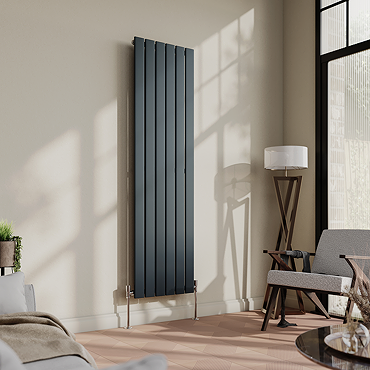
This wide flat panel radiator combines a cool look with exceptional heat output to keep a bathroom toasty warm. It measure 456mm x 1600 and projects 93mm from the wall.
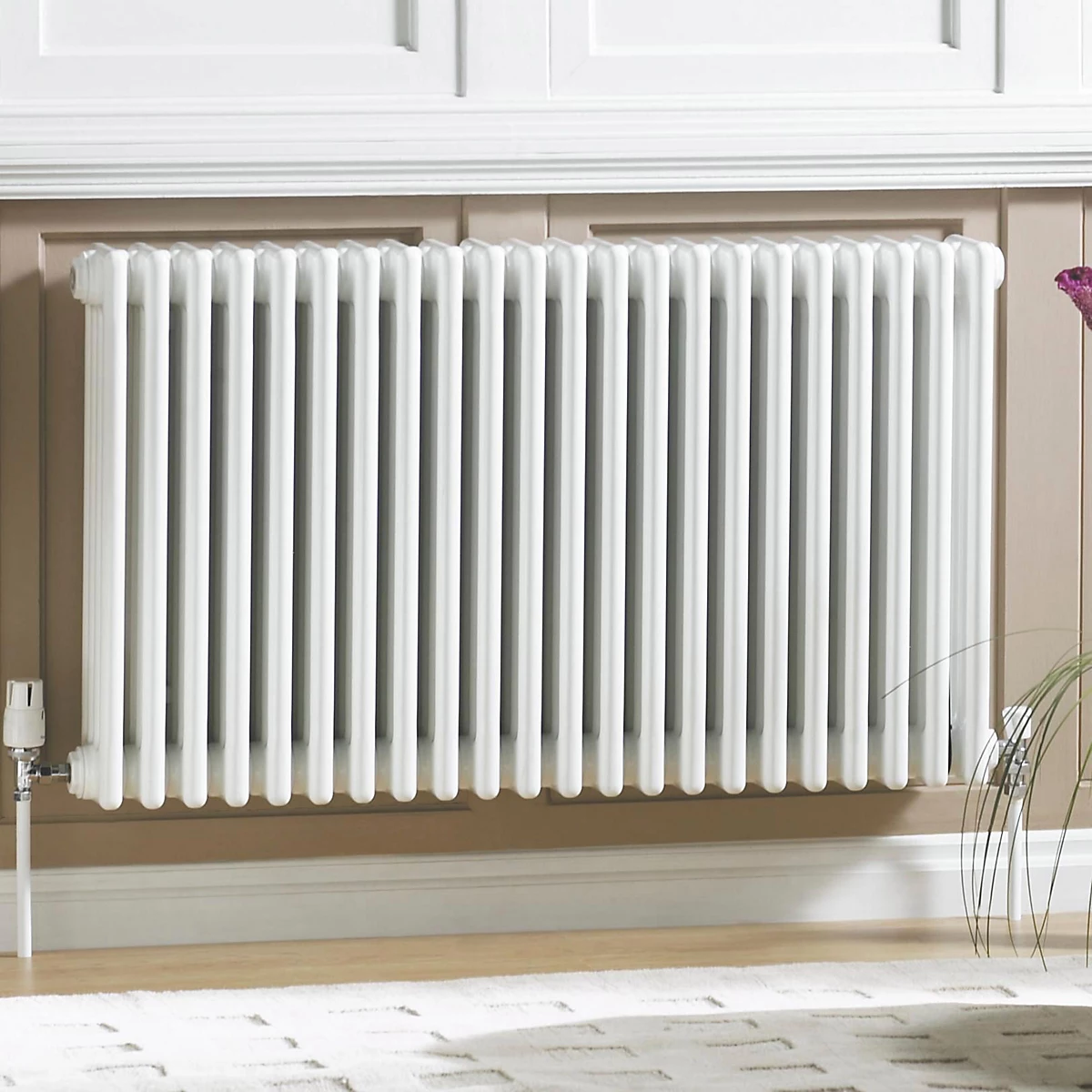
This steel three-column radiator features a classic, traditional style that suits both contemporary and traditional homes. Supplied with wall-mounted brackets, blanking plugs, and bleed valves.
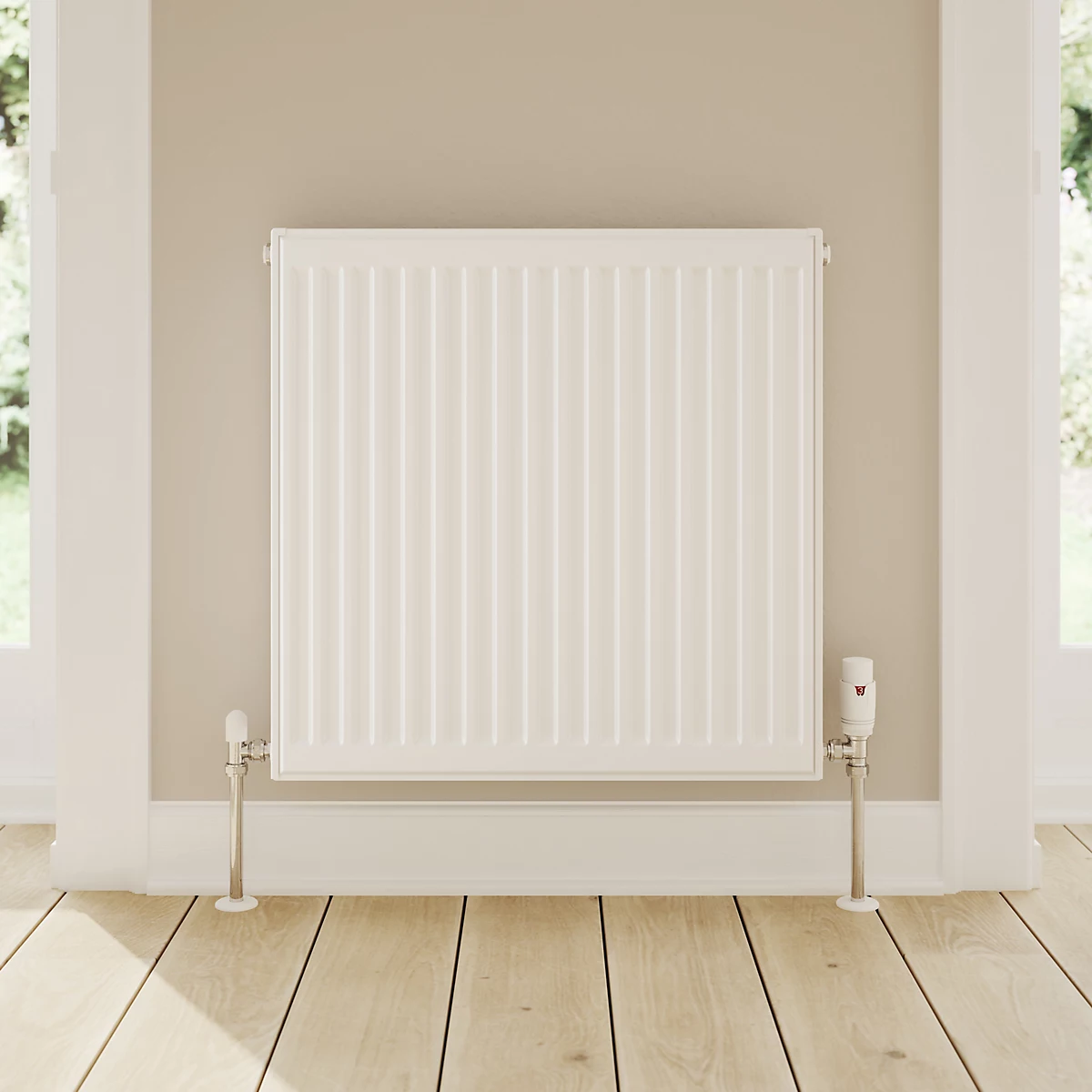
A slim single panel with a single convertor fin. Features a 15-year guarantee and sizes ranging from 600 x 600mm for small areas to 600 x 1800mm for maximum heat in larger rooms.

Nick has over 20 years of experience in central heating, leading the team at one of the UK's largest independent suppliers of radiators.
Types of radiator
There are several different types of radiator – they vary in size, shape, style and also in how much heat they emit.
Single panel radiators
These are the most basic of all the types of radiator out there. These horizontal radiators run off the central heating and are wall-mounted.
Bring your dream home to life with expert advice, how to guides and design inspiration. Sign up for our newsletter and get two free tickets to a Homebuilding & Renovating Show near you.
Nick Duggan, Director at The Radiator Centre, shares why they are good for, “One of the biggest advantages of choosing a single panel radiator is its sleek simplicity.” He adds, “Its slim profile makes it an ideal choice for spaces where you want to maximise floor space or maintain a clean, uncluttered look. Single panel radiators are typically used in hallways, smaller rooms or modern open-plan areas where understated style and efficient heating go hand in hand.”
However, it is worth noting that they give out less heat than double or triple-panel models.
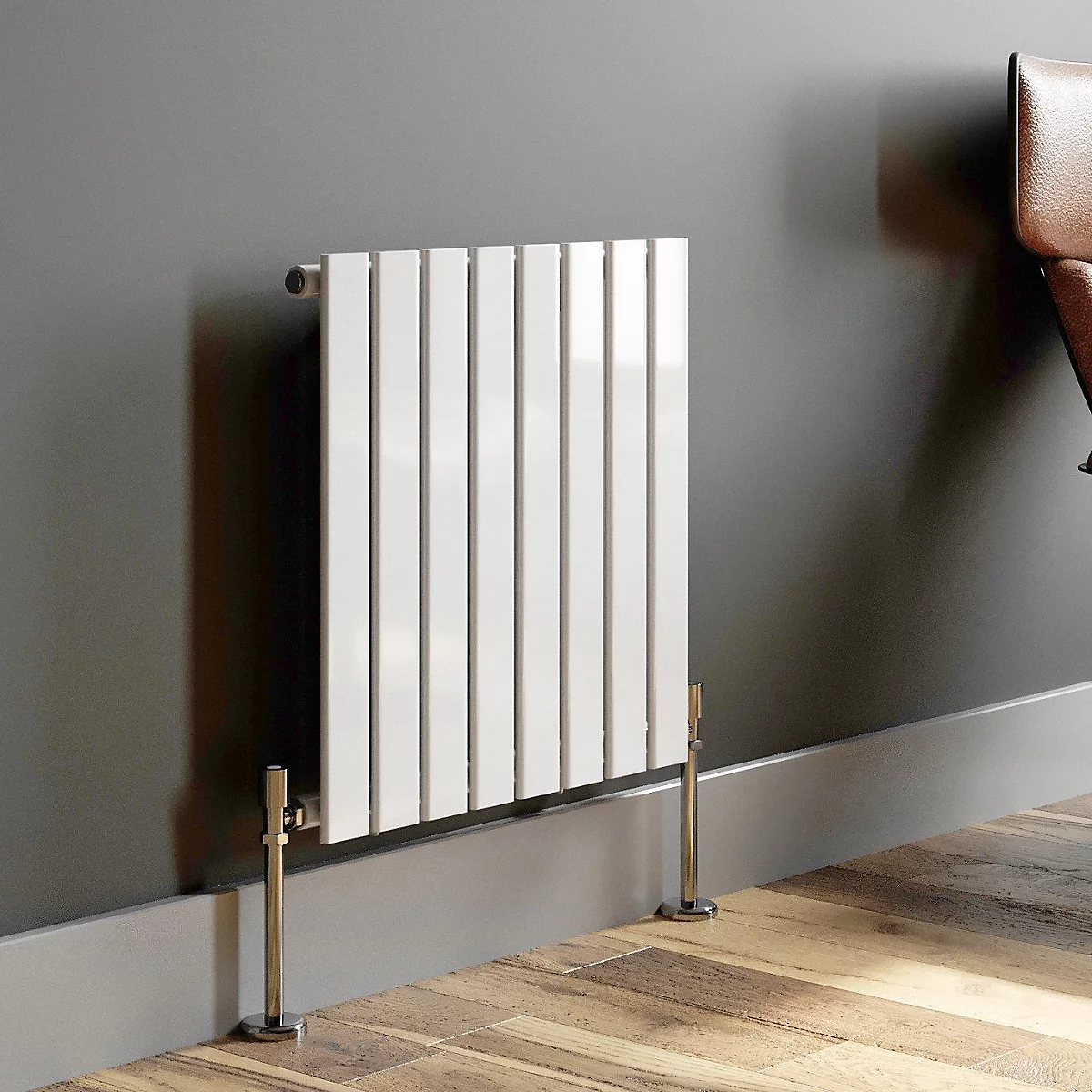
Double panel radiators
Double-panel radiators are horizontal-style radiators, made up of two single panels up against each other. They are also wall-mounted.
“Double panel radiators offer exceptional heat output,” shares Duggan. “With two layers of panels working together, it warms a room quickly and efficiently, making it ideal for larger living areas, kitchens or rooms with higher ceilings.”
However, do bear in mind that their greater heat output means they can be smaller in width than a single model. It’s also possible to buy triple-panel radiators.
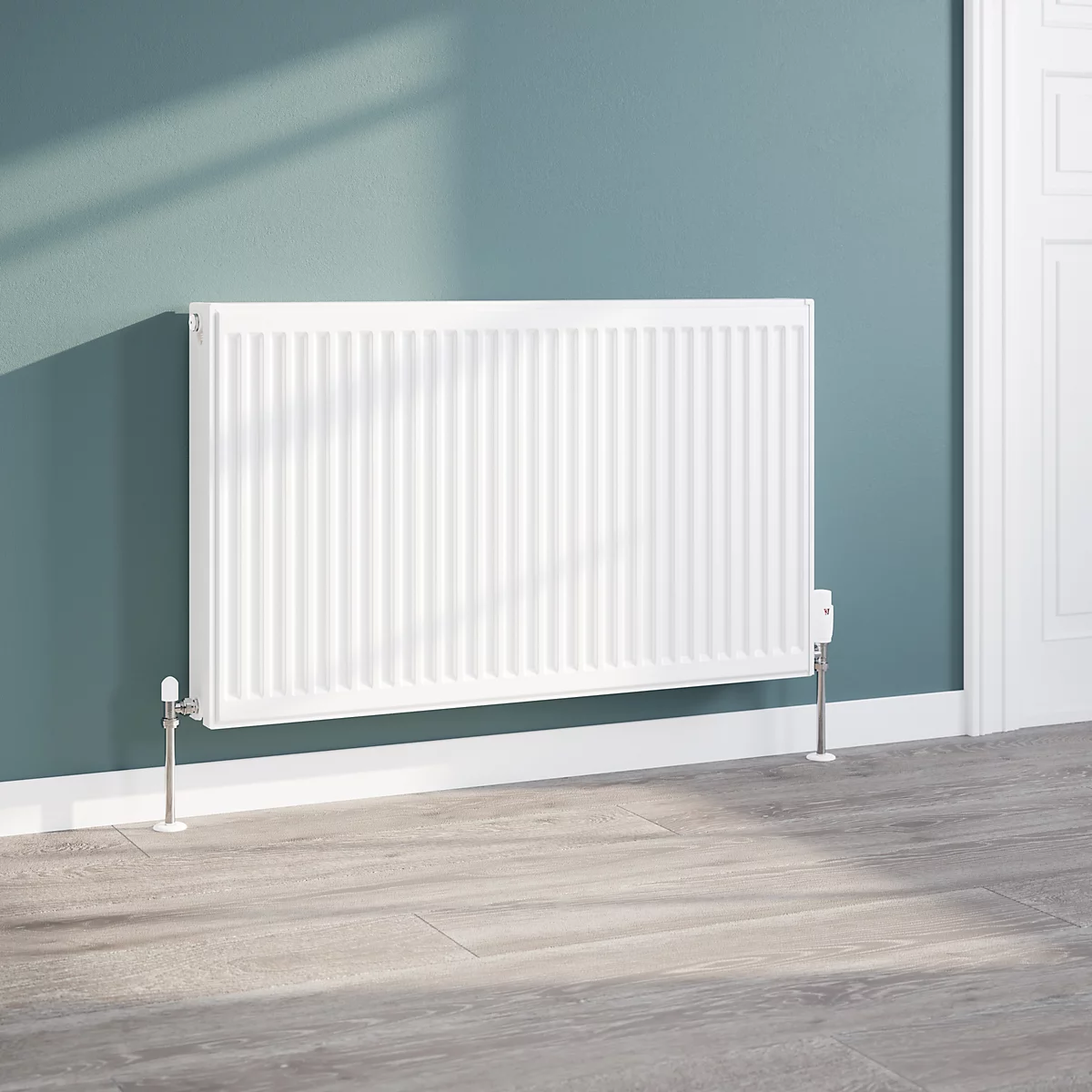
Column radiators
Column radiators are popular with those after a type of radiator for a period home and are a great way to add some character and charm – although its worth noting that there are contemporary column-style radiators on offer these days.
Shamila Iqbal – Director at Bathroom Mountain extols their flexibility, “Column radiators are especially versatile. They come in single, double, or triple column designs, with more columns providing greater heat output.”
They offer great heat output and hold heat well too. In terms of size, they will take up more space than a slimline single-panel model, but they are available with different numbers of columns and even as narrow vertical radiators
Iqbal shares where they work well, “A single column radiator is slim and works well in narrower spaces, while double and triple column models deliver much more warmth, making them perfect for bigger rooms or homes with high ceilings.”
She adds, “An additional benefit of column radiators is the variety of sizes available, including very tall but narrow options. These vertical designs offer a great space-saving solution where wall width is limited but the ceiling height can be used, making them ideal for compact hallways, cloakrooms, and alcoves.”

Shamila is the co-founder and director at Bathroom Mountain, an online retailer offering a complete range of bathroom essentials, from baths, sinks, and showers to radiators, taps and accessories.

Vertical radiators
Vertical radiators are also sometimes known as 'upright radiators' and are ideal in smaller spaces or where a more creative solution to the more traditional style of radiator is required. They make a great design statement.
They are tall and narrow and perfect for thin wall spaces, freeing up wall space elsewhere. They come in all kinds of designs, from column-style to flush and contemporary and some even have little pegs attached for hanging tea towels and the like in kitchens.
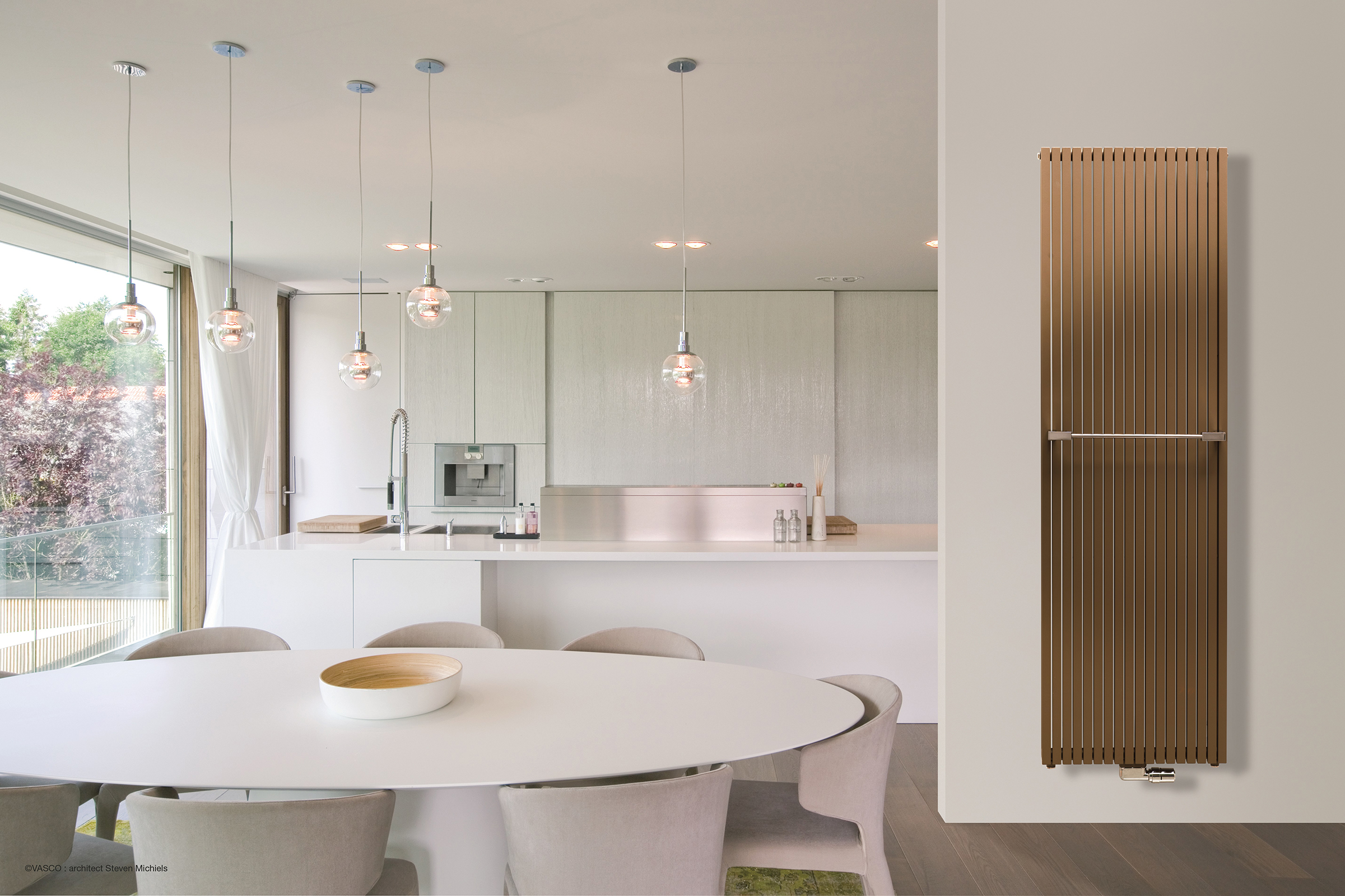
Heated towel rails
Heated towel rails – or ladder rails as they are sometimes referred to – are radiators that are designed with drying and heating towels in mind, making them the best bathroom radiators. However, they will also give off useful heat into a room so are one of the best ways of heating a bathroom.
Heated towel rails can either run off the central heating, along with the rest of your radiators, or you might prefer to opt for an electric towel warmer instead.
Electric towel rails are useful in that they can still be warm even in summer when your central heating is switched off.
An alternative to both of these options is to go for a dual fuel towel rail which can run off the central heating system when it is on, or use the mains electric when it is off.
When it comes to choosing a heated towel rail, do try to go for the biggest you can – particularly in family bathrooms where there is likely to be numerous wet towels to hang.
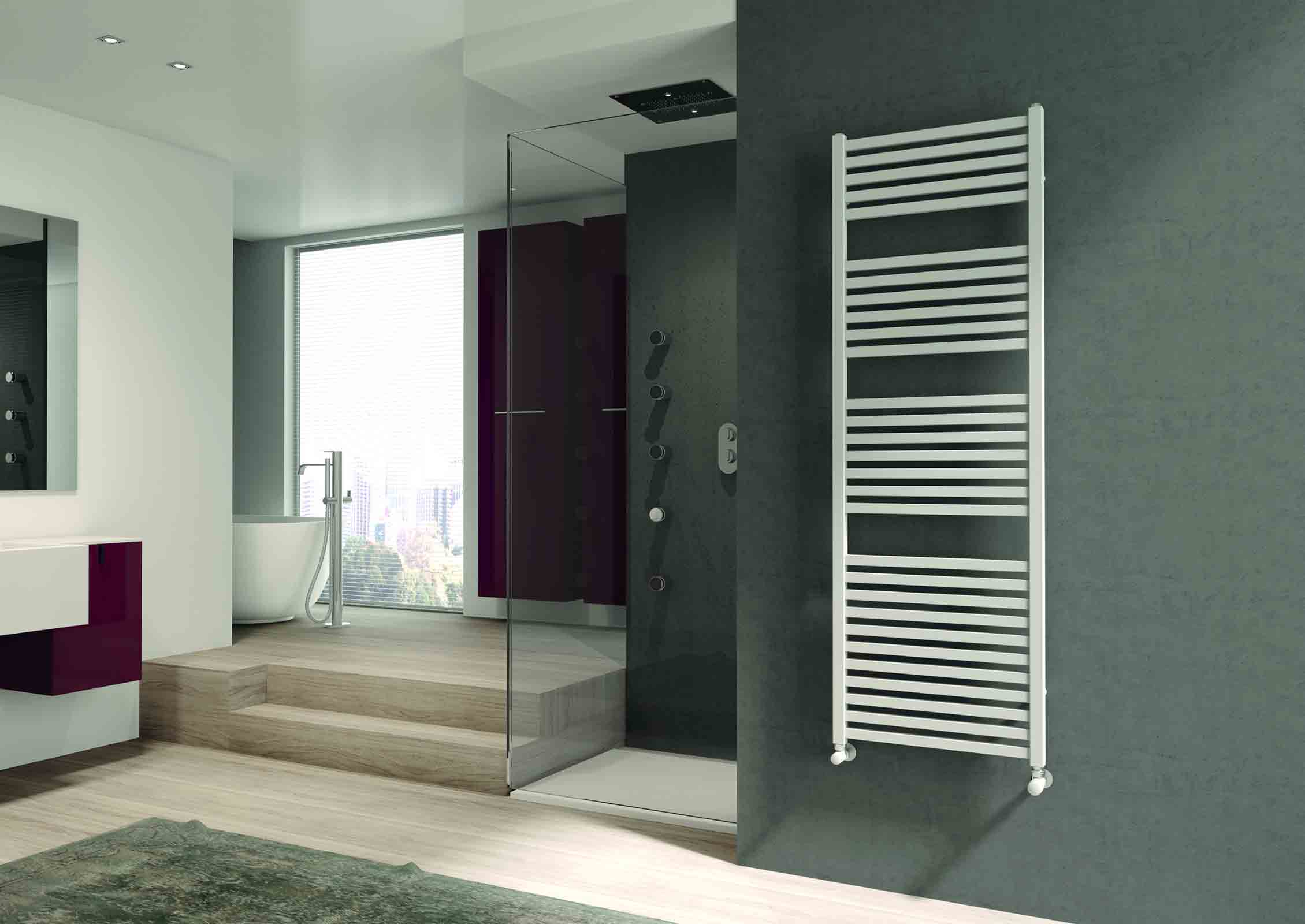
Designer radiators
Some radiators look like works of art rather than practical fittings that will heat the home. Designs come in all shapes and sizes from mirrored vertical radiators to those that look like waves.
While designer radiators can become a real focal point in the home, do remember to double check that their heat output will heat your room adequately.
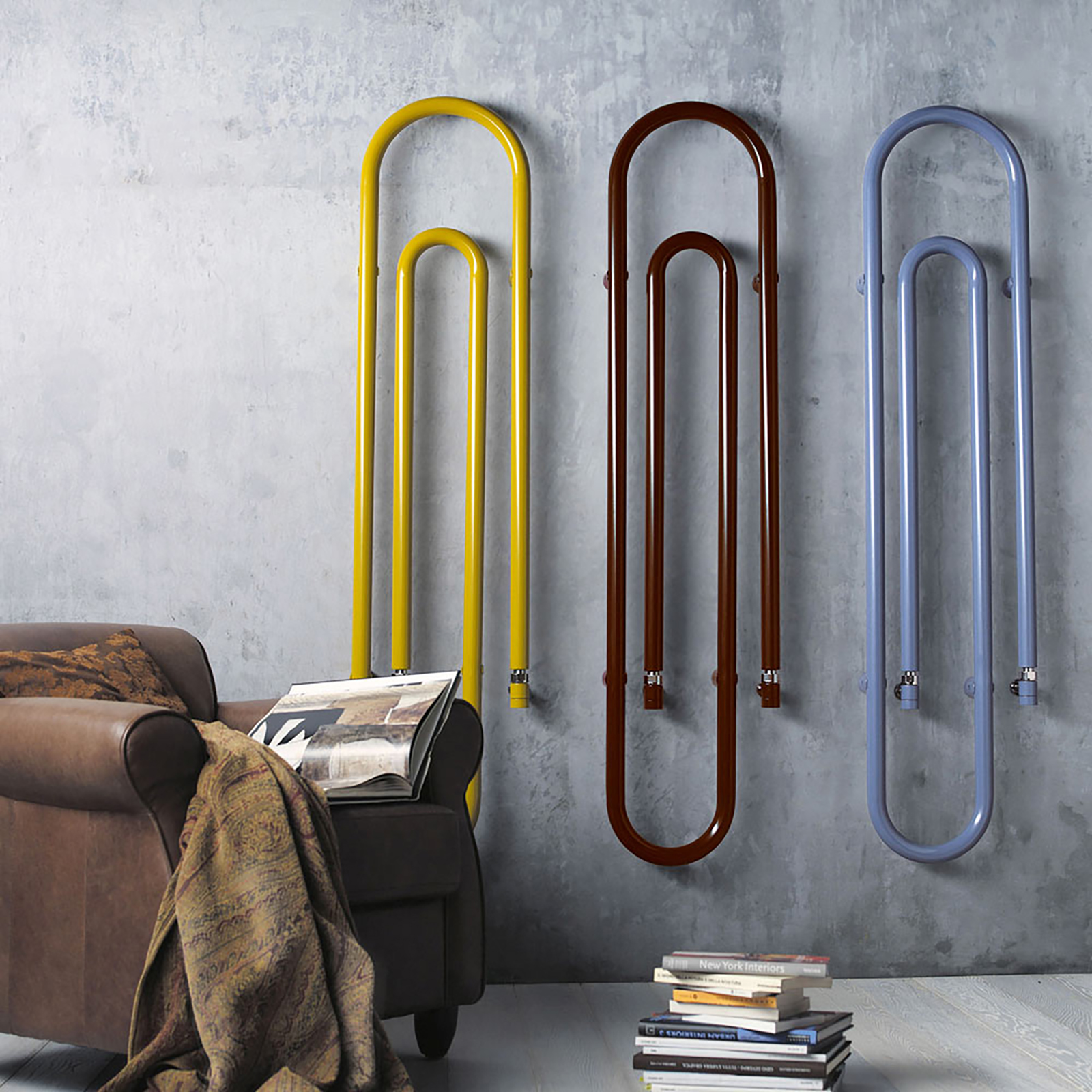
FAQs
What size radiator do I need?
In order to work out what size radiator you need in a room, you will first need to calculate the required heat output of the space, which will be measured in BTUs (British Thermal Units).
This calculation will take into account the size of the room and what type of glazing you have. There are numerous online BTU calculators available for use, and all you need to do is know the room's measurements in cubic feet.
Do bear in mind that it is unlikely that any radiator will match the exact heat output required, so just select the first size above the required heat.
Also, in rooms that are larger than 6m in any direction, it is a good idea to consider more than one radiator in order to get a good distribution of heat.
Do larger rooms need more than one radiator?
Larger spaces do need more heat than smaller spaces, as Nicholas Auckland, Managing Director of Trade Radiators, reveals, “They often do, but again it depends on the room's overall BTU requirements. If it's particularly high, spreading the heat across two or more radiators can be more effective than using one oversized radiator.”
He adds, “This is because it'll help distribute heat evenly, preventing any particularly cold spots in your room. Placing at opposite ends of the room is recommended in order to prevent uneven heat distribution".

Nicholas Auckland is a heating, cooling and energy expert with over 20 years of experience in the industry, He is dedicated to finding the best heating and cooling solutions for every need, as well as optimising energy usage, reducing costs and helping others live with lower costing energy bills.
New radiators are a great way to update a space, but if your budget won’t currently stretch to an update, painting a radiator is a quick and cost-effective way to upgrade. Check out how to paint behind a radiator and the best radiator paint to get the best finish.
Natasha was Homebuilding & Renovating’s Associate Content Editor and was a member of the Homebuilding team for over two decades. In her role on Homebuilding & Renovating she imparted her knowledge on a wide range of renovation topics, from window condensation to renovating bathrooms, to removing walls and adding an extension. She continues to write for Homebuilding on these topics, and more. An experienced journalist and renovation expert, she also writes for a number of other homes titles, including Homes & Gardens and Ideal Homes. Over the years Natasha has renovated and carried out a side extension to a Victorian terrace. She is currently living in the rural Edwardian cottage she renovated and extended on a largely DIY basis, living on site for the duration of the project.

